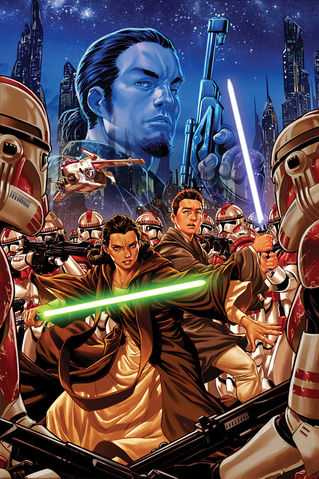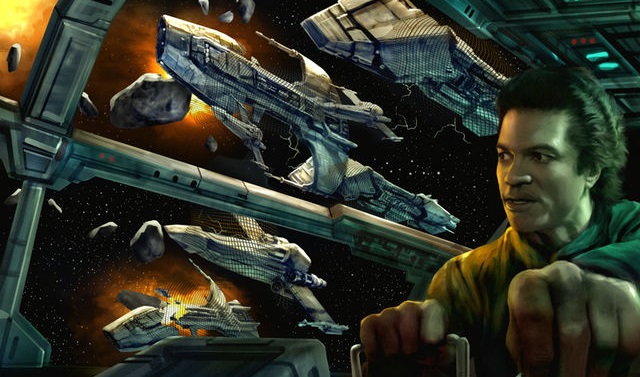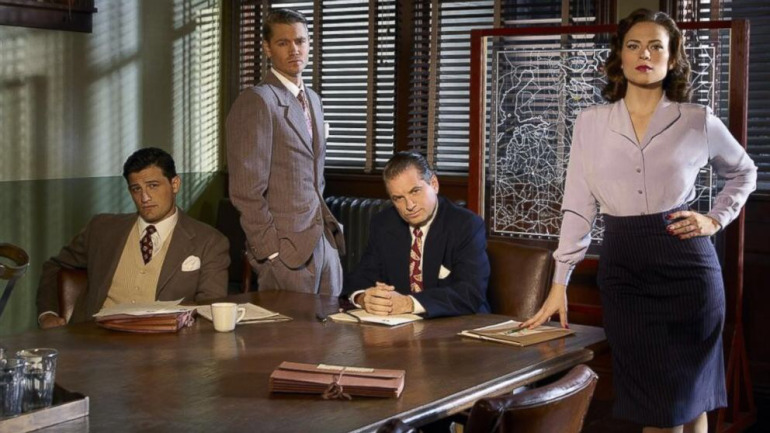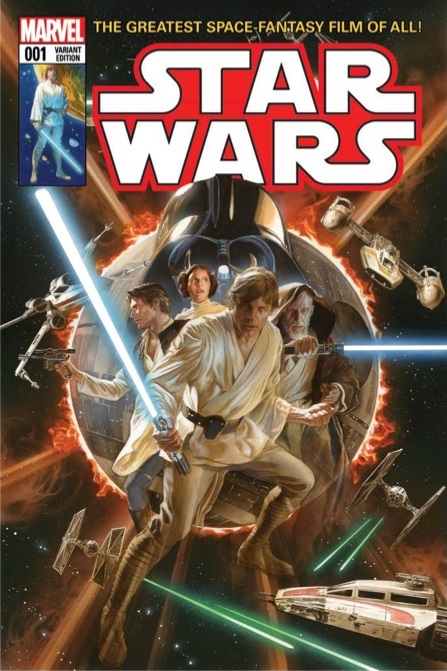 I have a secret to share with you. Are you ready? Maybe you should sit down. Here it comes: I love continuity.
I have a secret to share with you. Are you ready? Maybe you should sit down. Here it comes: I love continuity.
Crazy, right? We’re all about the new canon here at Eleven-ThirtyEight, so naturally we couldn’t be happier to have ditched all that old Expanded Universe nonsense—that was the point of David’s piece last Friday, wasn’t it? Continuity gets in the way of storytelling? Well, no, it wasn’t actually—but hell, let’s say it was. When David singled out the Legacy of the Force series as something that put off non-diehard Star Wars fans, he wasn’t talking about worldbuilding continuity like the details of the Corellian system or of Mandalorian society, he was talking about backstory—who is Lumiya exactly? Why is Han’s cousin running Corellia? What’s a Vergere?
We’ve previously discussed the post-reboot status quo in terms of worldbuilding (mostly the same) versus plot (mostly different). But now that we’ve settled nicely into that framing, I want to talk about it a little differently: story continuity versus character continuity. Let me note up front that while I’m responding somewhat to David’s piece, this isn’t really a rebuttal or an agreement, it’s just a different angle. That’s important: there’s always a spectrum of angles from which to view an issue, and being able to appreciate at least a range of them will make you, in my opinion, both a better fan and a more contented person. Read More



 “Forever? ‘Forever’ is a word for children.”
“Forever? ‘Forever’ is a word for children.”